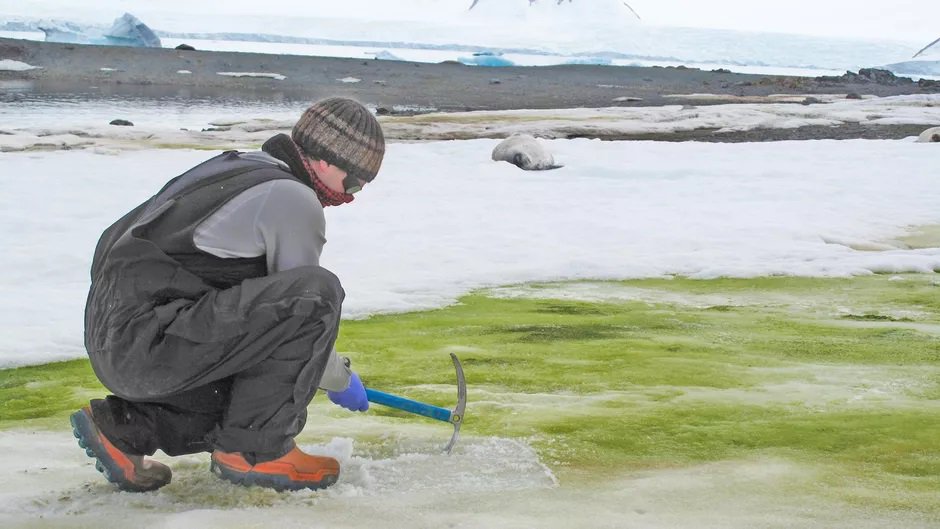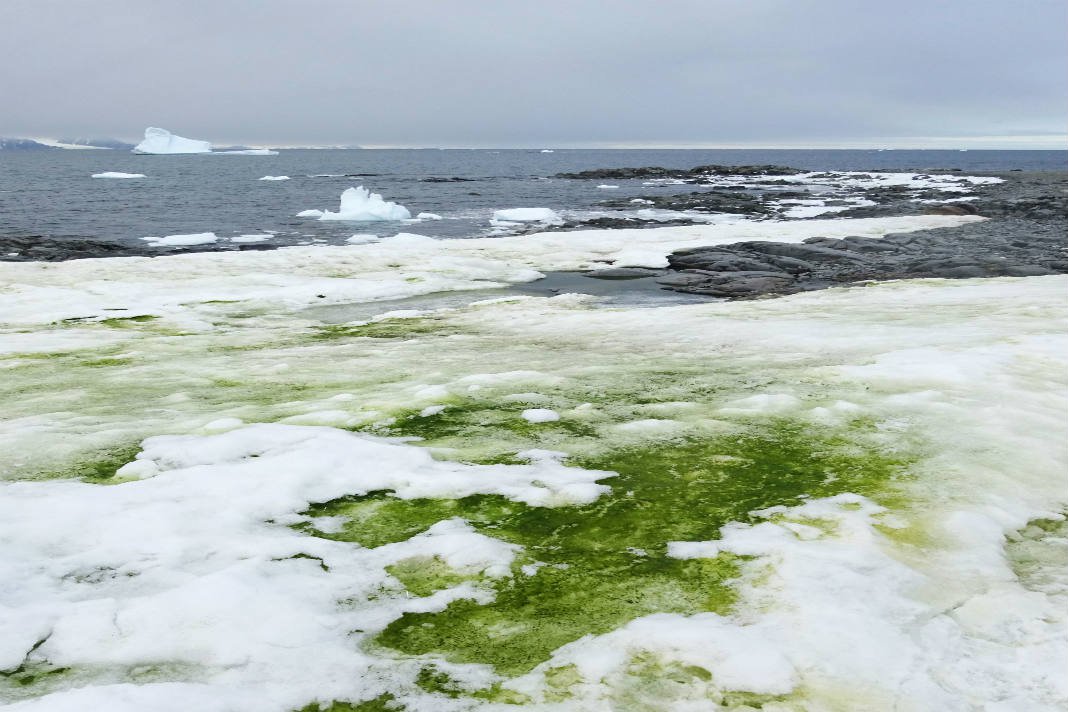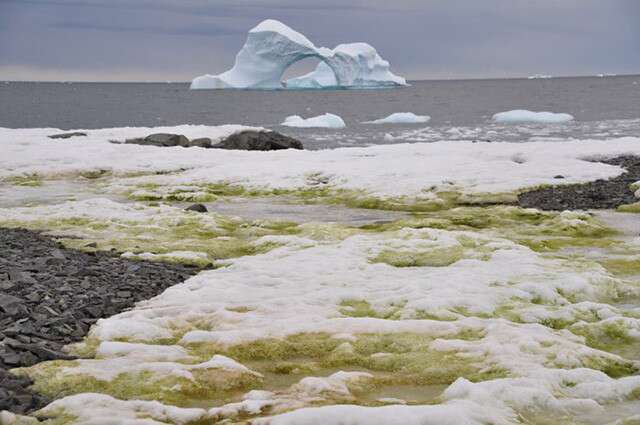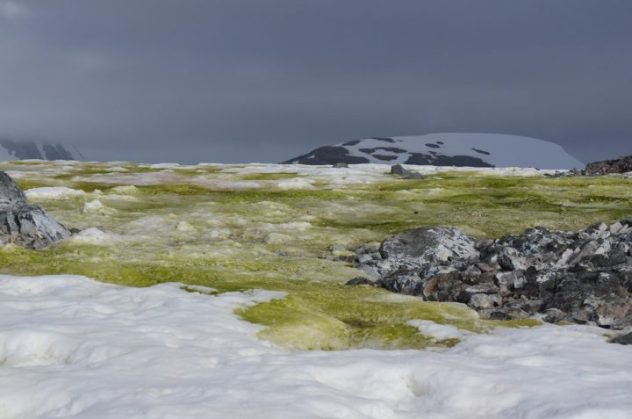Global warming is changing the face of this planet, forcing environmental changes indicative of larger problems at hand.

Case in point, Antarctica. The south pole hasn’t had any vegetation for centuries owing to the thick deposit of ice and below freezing level temperatures. However, recently, it was observed that microscopic algae have been blooming on the surface turning the snow green.

Although microscopic, scientists say they’re able to see the ‘green snow’ from space when the algae bloom en masse.

Studies have found that the green snow algae bloomed in warmer areas where the average temperatures are just above 0 ºC during the southern hemisphere’s summer months – November to February.

Dr Andrew Gray, lead author of the paper, and a researcher at the University of Cambridge and NERC Field Spectroscopy Facility, Edinburgh, spoke to USA Today and said:
As Antarctica warms, we predict the overall mass of snow algae will increase, as the spread to higher ground will significantly outweigh the loss of small island patches of algae.
Researchers have also said that larger blooms of algae could be found north of the Antarctic Peninsula and the South Shetland Islands, where it can spread to higher ground as the snow continues to melt.
Top picks for you

















